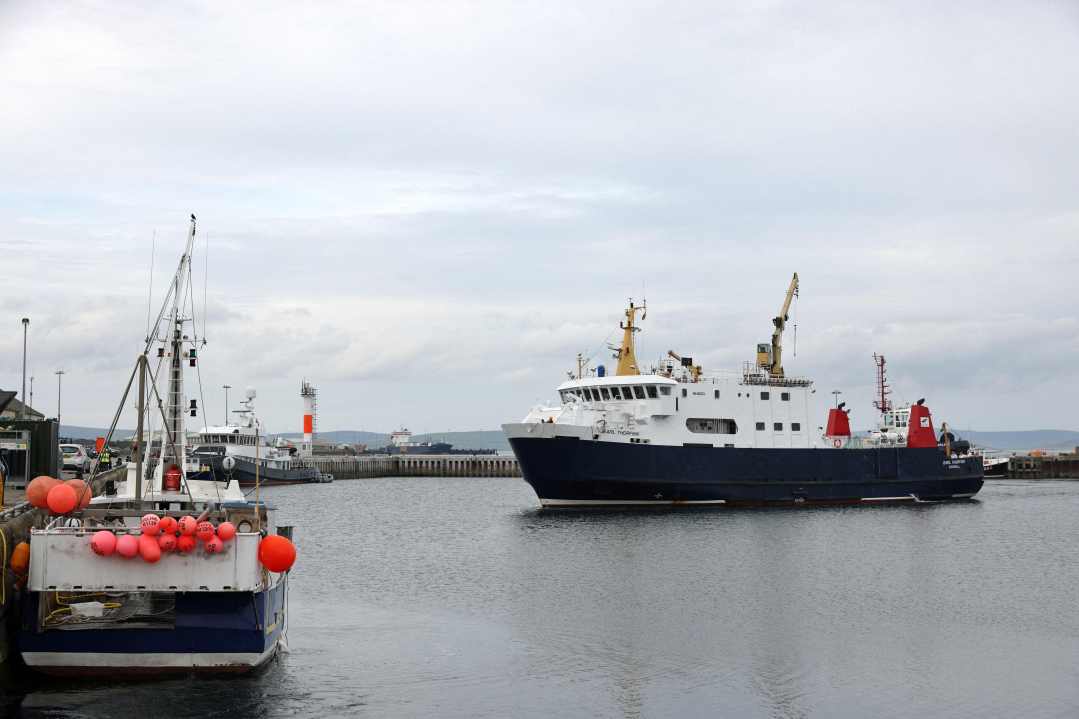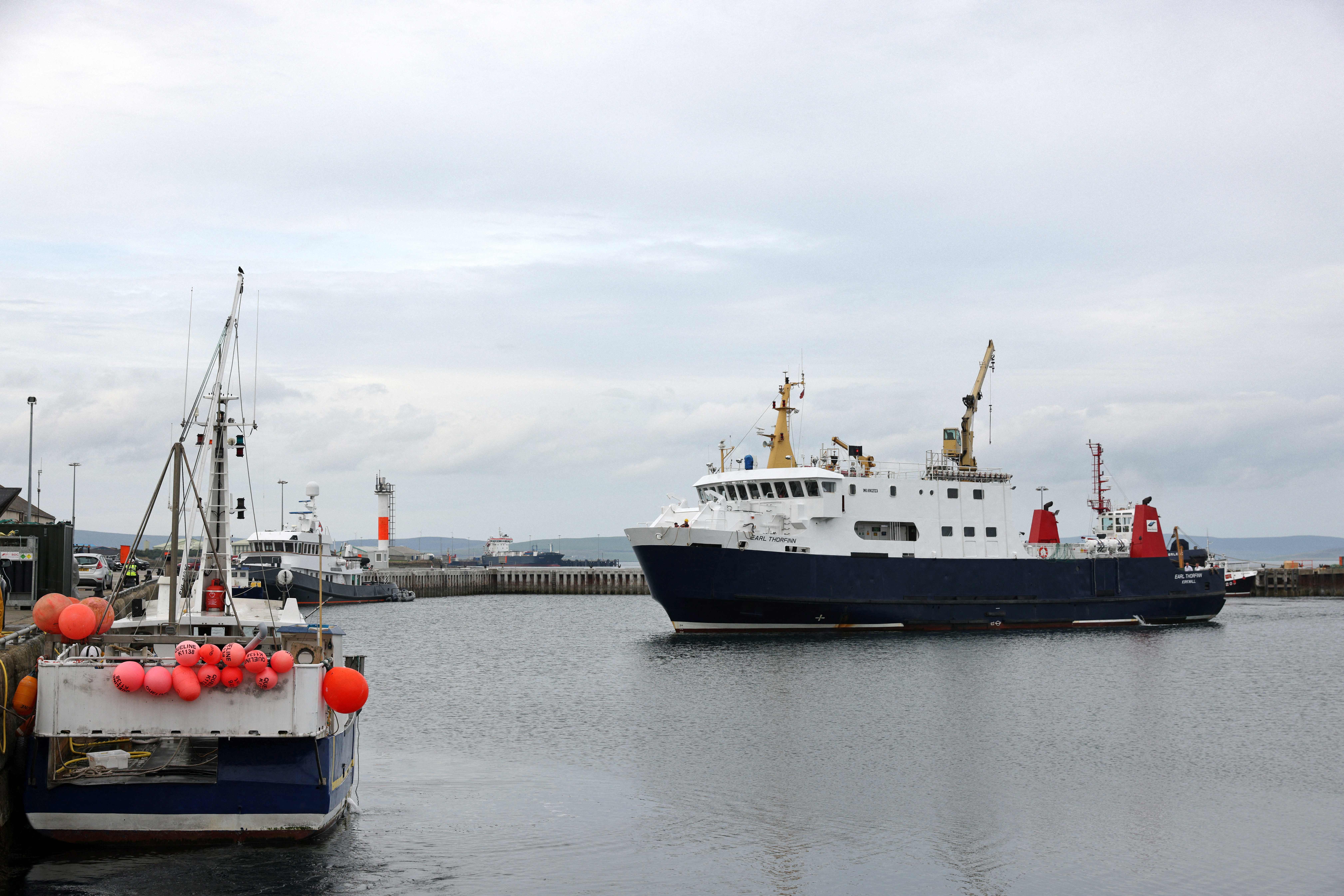The ship of state continues to run aground in Scotland, judging by the latest transport related fiasco to embroil Nicola Sturgeon’s government. Not content with refusing Westminster’s cash to fix his roads and admitting he has ‘no idea’ why rail unions are striking, SNP transport minister Graeme Dey has extended his incompetence beyond the boundaries of land. The under-fire appointee is facing questions about yet another ferries farrago after two more ships were this week declared out of action, further disrupting crucial services.
For those unfamiliar with this sorry tale of ocean-going incompetence, Steerpike is only too happy to provide a refresher. Caledonian MacBrayne (CalMac) is the state-owned operator of passenger, vehicle and ferry services between the mainland of Scotland and 22 of the major islands on country’s west coast. CalMac receives significant government subsidies due to its vital role in supplying these islands: these routes are classified as ‘lifeline’ services. And now SNP ministers are facing claims that they have neglected the maintenance of the ships in its service during their 14 years in office. Some 16 of CalMac’s 31 working ferries deployed across Scotland are over 25 years old; the tonnage of vessels launched since the SNP came to power in 2007 is half the tonnage which joined the fleet in the previous 14 years.
Stories of route disruption now pepper papers, both local and national, on a weekly basis. The Arran Banner noted in August that the Ardrossan to Brodick route has had to cancel almost 20 per cent of journeys this year; the Daily Record detailed how another Arran ship had to be withdrawn for a ‘sewage issue’ while this month the Greenock Telegraph reported that a ‘breakdown-plagued’ ferry was set to make its return after five months following a ‘major mechanical failure’ having failed to make more than 2,000 scheduled sailings this year.
While ageing ships are a fact of life, several factors have exacerbated the problems facing the existing fleet and CalMac’s failure to upgrade. The Scottish Government’s introduction of a subsidy to ferry fares under the Road Equivalent Tariff for instance was not matched by an acceleration in its ship-building programme. Use of the service increased meaning ferries wore out more quickly but without the necessary ships ready to replace them at the end of their reduced life service.
And if the current ships are old and out of date, their replacements are both way over budget and long-overdue. Would-be ferry ships MV Glen Sannox and Hull 802 are still languishing in now state-owned Ferguson Marine’s shipyard, with costs of their construction more than doubling from the original £97m contract agreed in 2015.
The former of the two ships was unveiled by the First Minister in November 2017, with the windows on the unfinished vessel painted in so as not to embarrass her. Her government’s procurement of the vessels has been described as ‘a catastrophic failure’ by a Scottish Parliament committee with both ships that were meant to be in use by 2018 now not expected to be delivered by 2022 and 2023.
Still, with Captain Sturgeon declining to make any of her ministers walk the plank, Mr S wonders how many more millions will be sunk in the longest-running Scottish comedy since Still Game.








Comments